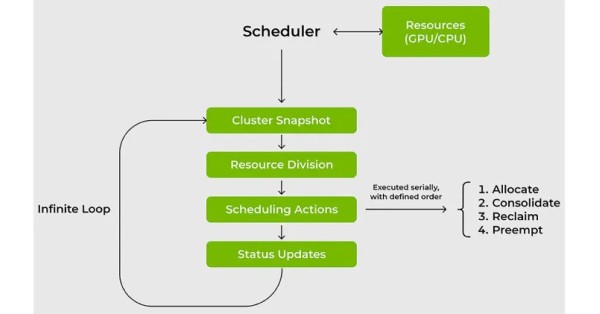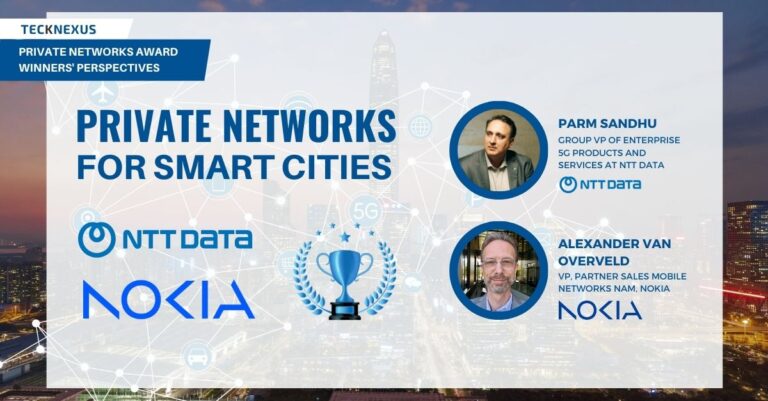- Tech News & Insight
- May 29, 2025
- Hema Kadia
NVIDIA and AMD will launch AI chips in China by July 2025, including the B20 and Radeon AI PRO R9700, tailored to comply with U.S. export rules. With performance capped under regulatory thresholds, these GPUs aim to support China’s enterprise AI needs without violating tech trade restrictions. NVIDIA is also rolling out a lower-cost chip based on Blackwell architecture, signaling a shift toward compliant yet capable AI compute options in restricted markets.




























